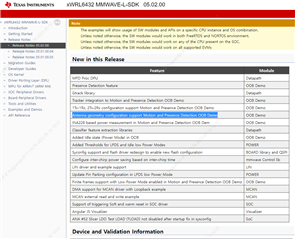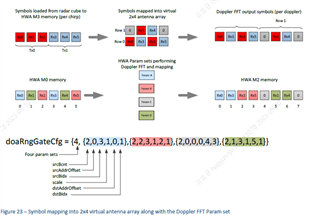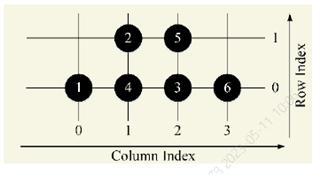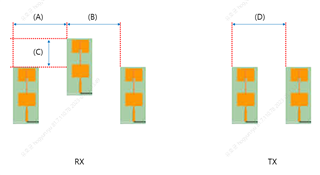Hello TI Supporters,
I try to design custom antenna for IWRL6432.
I already check out other engineer's question linked as "IWRL6432: Elevation Estimation and Parameters of Antenna Geometry", "IWRL6432: Parameters of Antenna Geometry".
In a release notes of SDK 5.2, there is a new feature "Antenna geometry configuration support Motion and Presence Detection OOB Demo".

However, I am not sure this is the support function associated in the questions linked above.
Actually, I need to design new antenna with spacing 0.7 lamda.
I would like to know how to set the parameters for 2x4 virtual antenna with 0.7 wavelength spacing like EVM as below figure.

Teach me the way to set parameters of custom antenna array by my self.
Regard.







